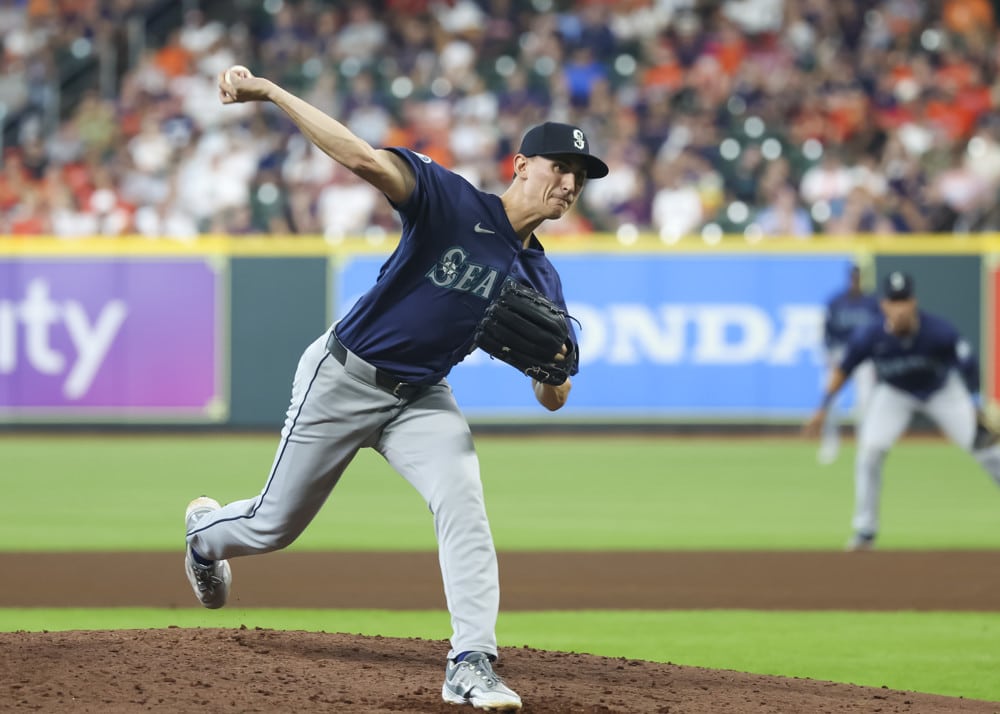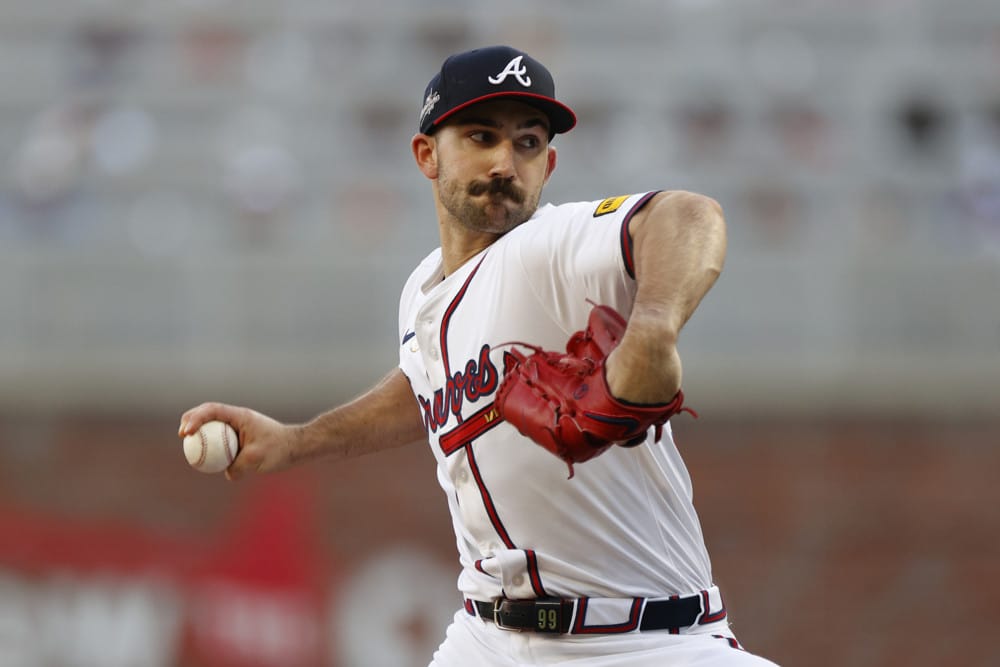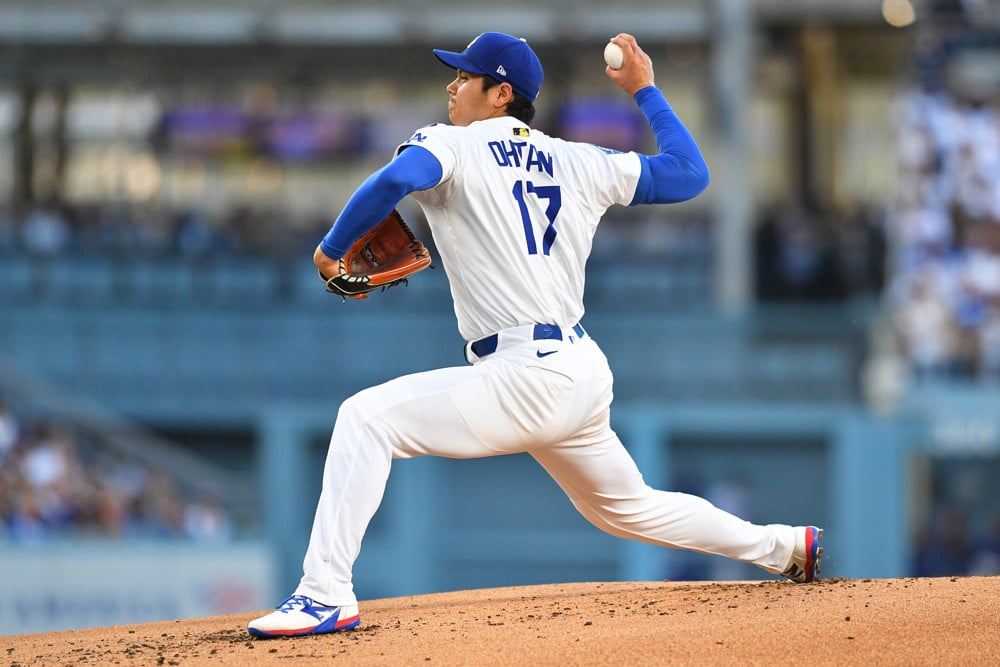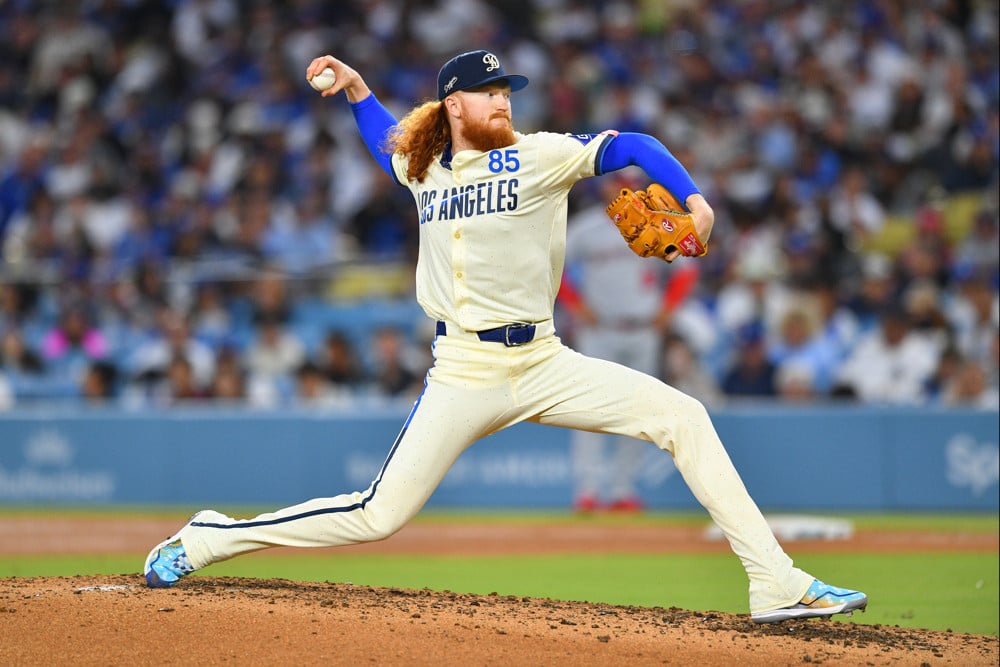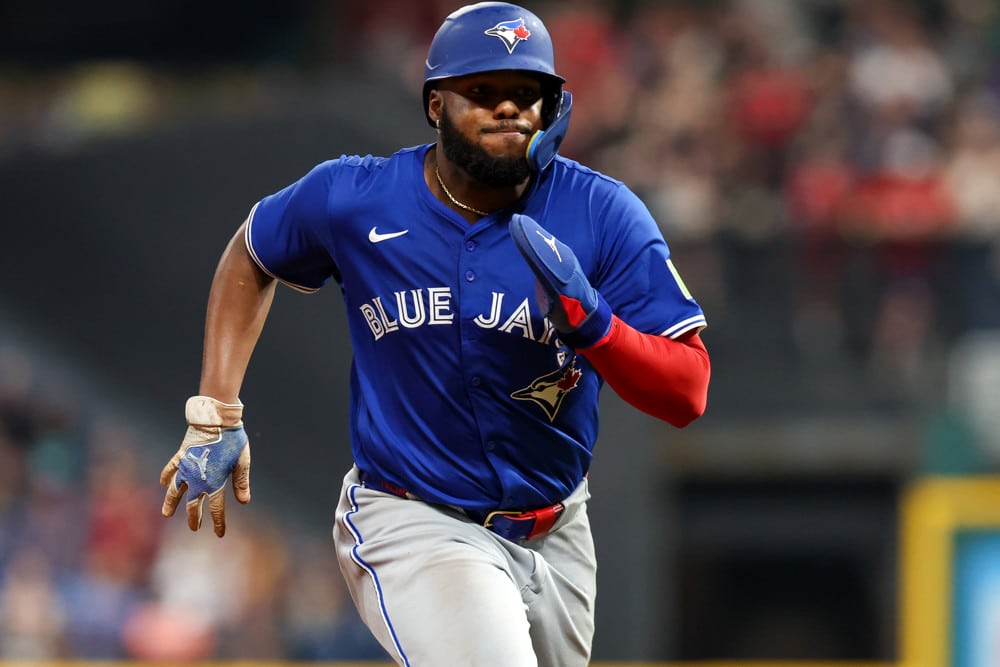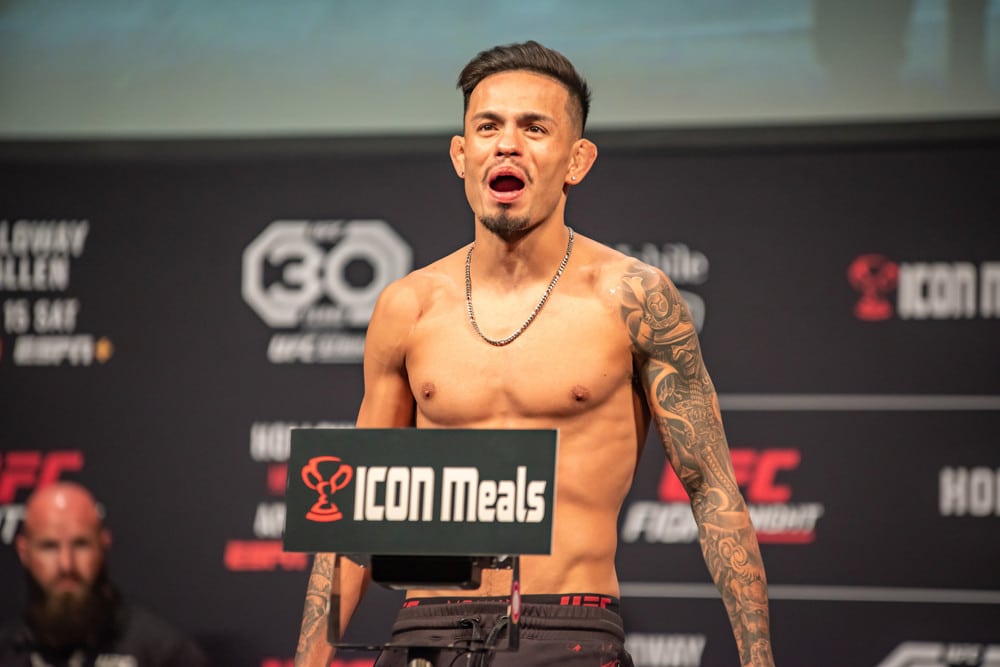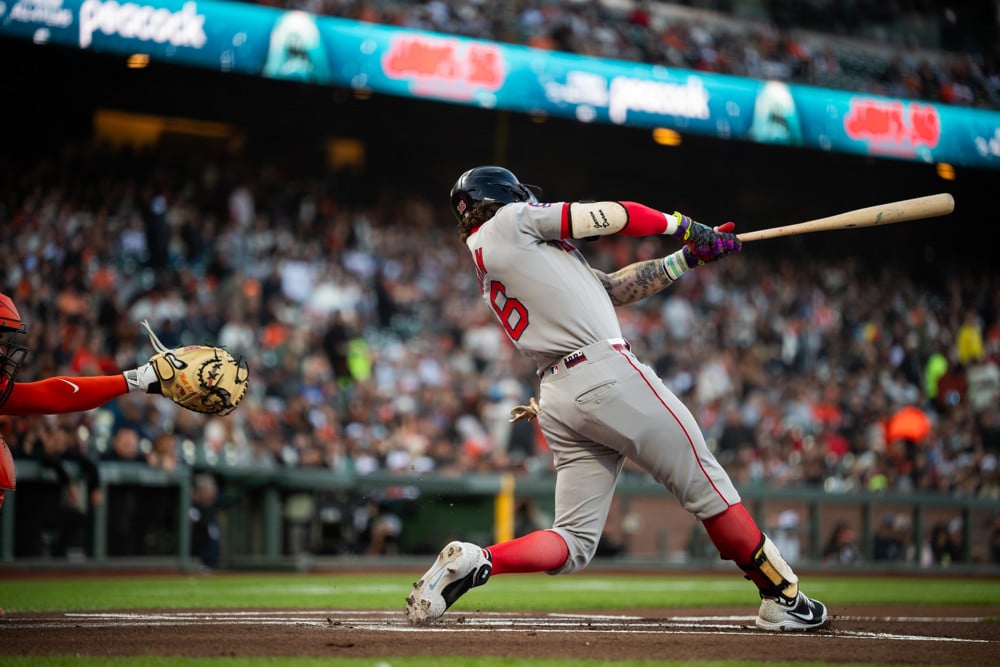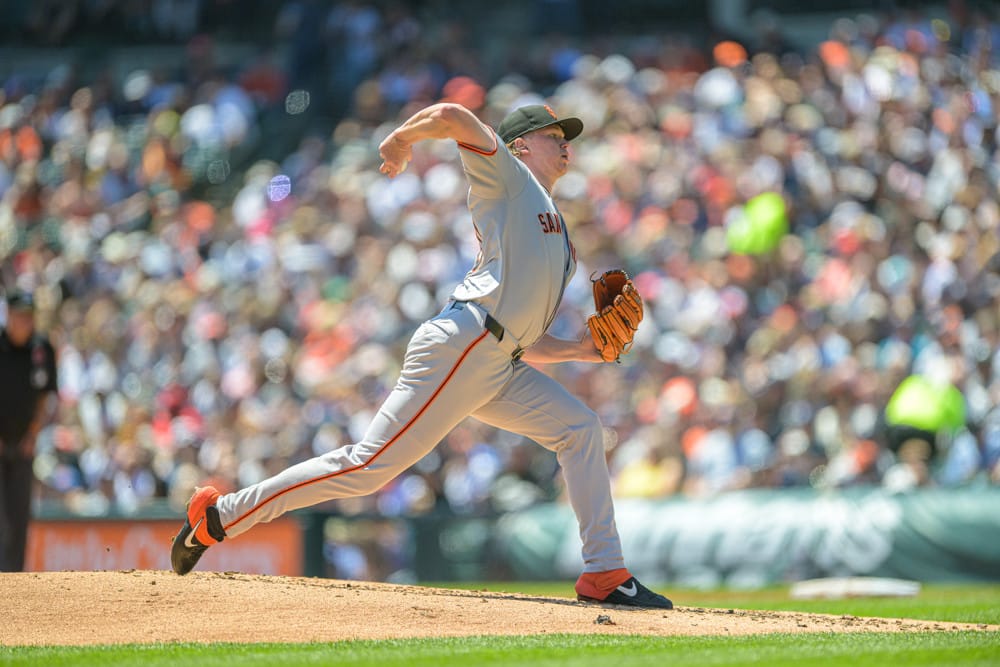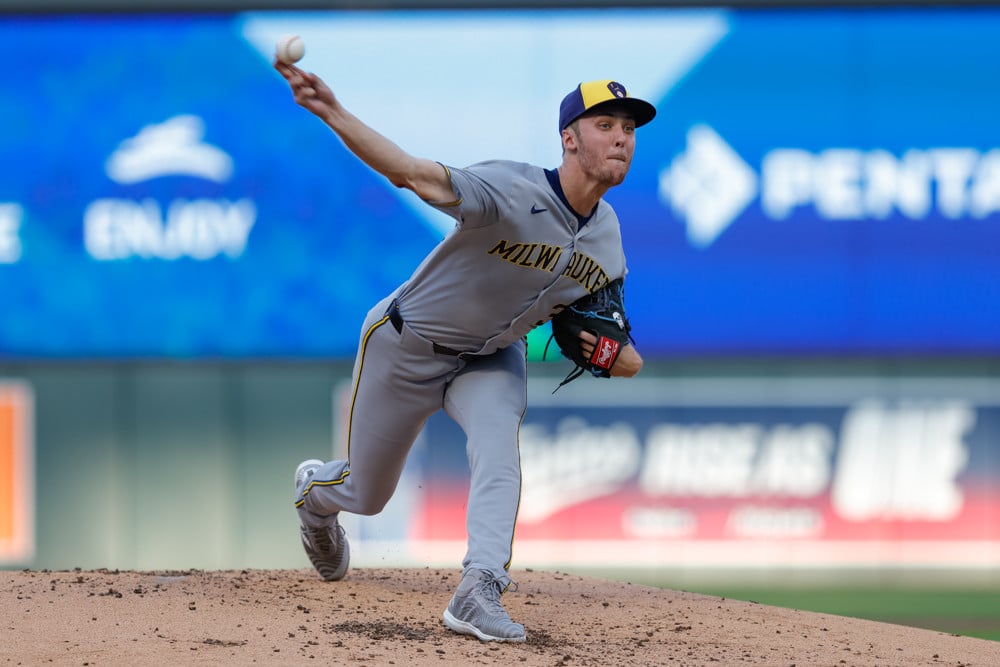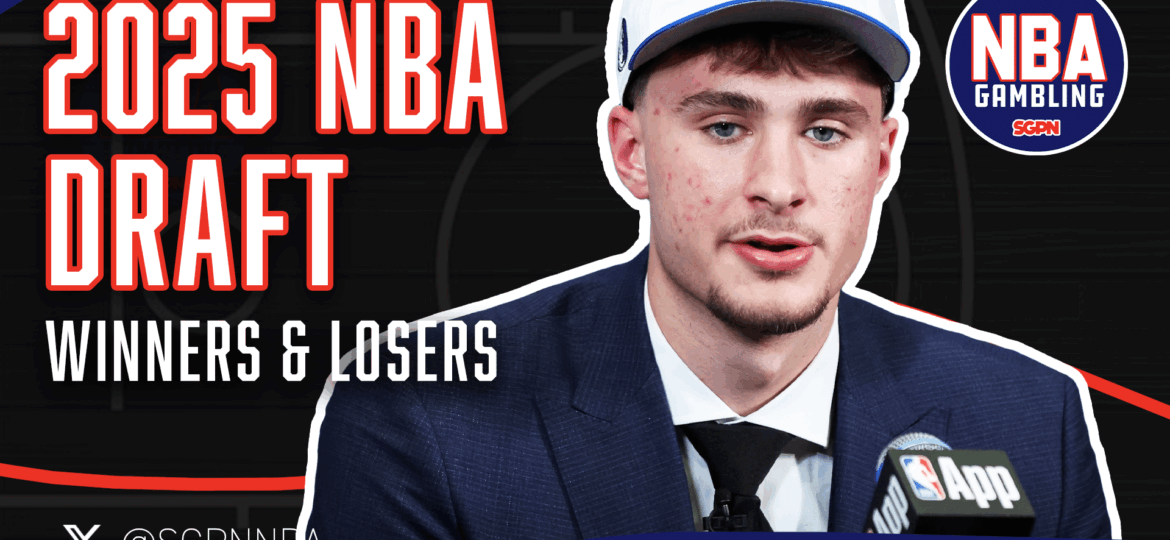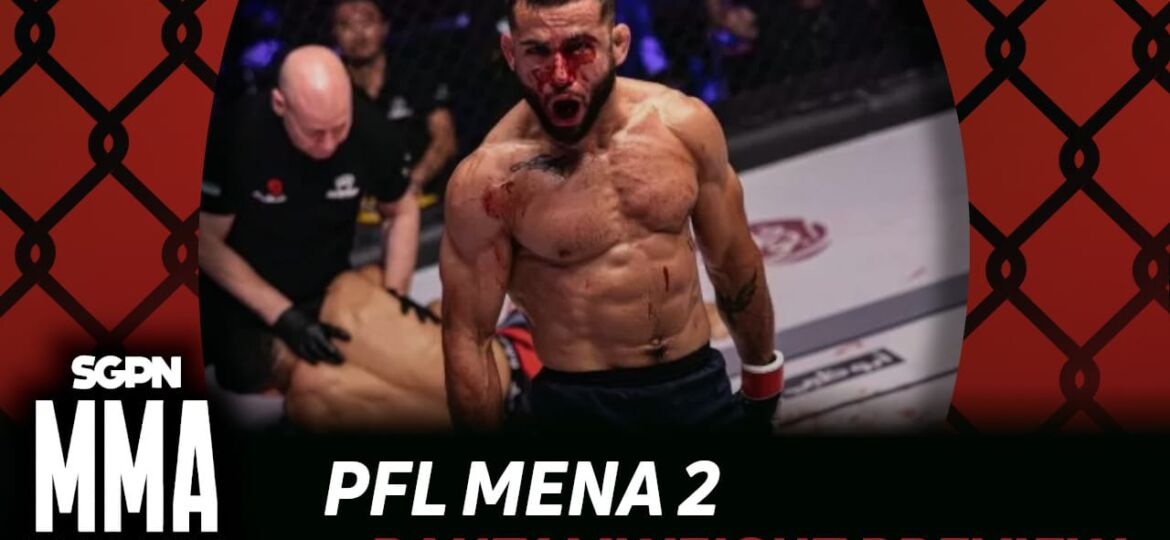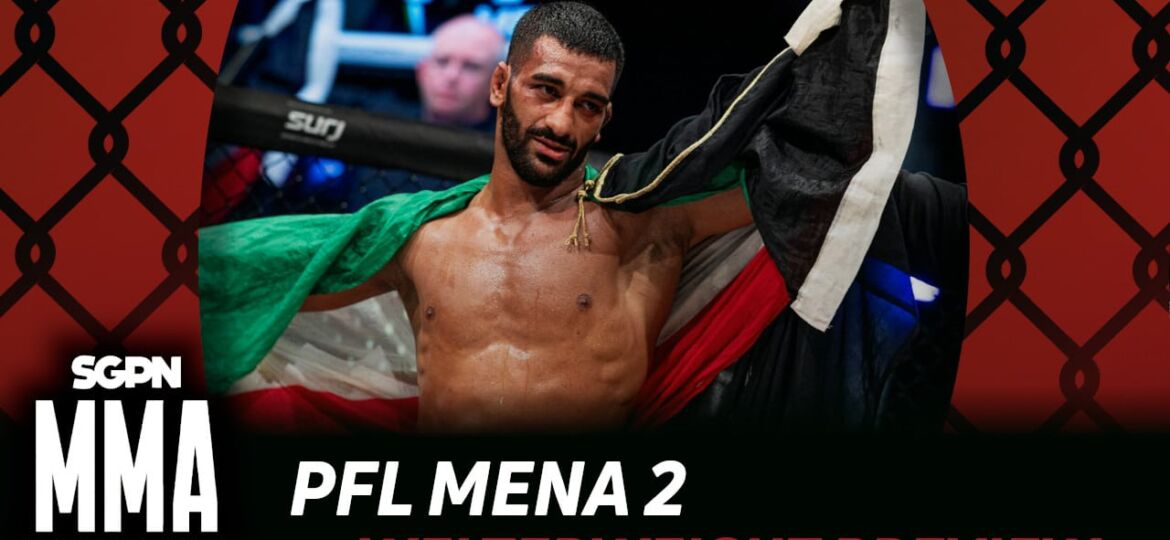This week, we’ll be doing in-depth previews of both final four matchups. Please also stay tuned for all of our college basketball content on Twitter (@GamblingPodcast, @TheColbyD, @NBAZachBroner). Make sure you check out the Final Four Preview Podcast.
First up here, we’re looking at the matchup between the Ramblers of Loyola-Chicago and the Wolverines of Michigan.
Fast Facts:
Loyola-Chicago Ramblers (11 Seed from the South Region)
- 32-5 (15-3) Record. 23-9-1 ATS. 7-1-1 ATS as an underdog. O/U 13-20-0.
- Won the Missouri Valley by four games.
- Missouri Valley Conference Tournament Champions.
- Best pre-NCAA tournament wins: Florida, Southern Illinois (2x), Illinois State (2x), Wright State.
- Worst pre-NCAA tournament losses: Indiana State, Milwaukee.
- Head Coach: Porter Moser.
- Leading Scorer: Clayton Custer.
- Insert overworked joke about Sister Jean here.
Michigan Wolverines (3 Seed from the West Region)
- 32-7 (13-5) Record. 24-12-2 ATS. 17-10-2 ATS as a favorite. O/U 18-19-1.
- Finished tied for fourth in the Big Ten.
- Big Ten Tournament Champions.
- Best pre-NCAA tournament wins: Purdue, Michigan State (2x), Ohio State, Texas.
- Worst pre-NCAA tournament losses: Northwestern, LSU.
- Head Coach: John Beilein.
- Leading Scorer: Moritz Wagner.
- If you haven’t heard the Austin Hatch story yet, check that out. It’s truly unbelievable.
Paths to the Final Four:
Loyola-Chicago (4-0 ATS in the tournament): The Ramblers have been the darling of this year’s tournament, embarking on an incredible Cinderella run that, despite what their seed may suggest, has been no fluke. This Loyola team is, as Sean said on the podcast last week, “good” (hot takes only from Sean, of course).
- Loyola 64, Miami (-1.5) 62. Under 133.5.
- Loyola 63, Tennessee (-5) 62. Under 131.
- Loyola 69, Nevada (-1) 68. Under 144.
- Loyola 78, Kansas State (-1) 62. Over 126.
Michigan (2-1-1 ATS in the tournament): Michigan really struggled over the first weekend in Wichita — surviving only by Jordan Poole’s prayer against Houston. After the week off, however, they came back and turned in their best offensive performance of the year against Texas A&M. They followed that up with their best defensive performance of the year against Florida State. Michigan has not lost since February 6th.
- Michigan (-10.5) 61, Montana 47. Under 134.
- Michigan (-3) 64, Houston 63. Under 135.5.
- Michigan (-3) 99, Texas A&M 72. Over 144.
- Michigan (-4) 58, Florida State 54. Under 143.
The Matchup
This is one of the more interesting matchups of the tournament as both programs are beacons of the “play the right way” college basketball world. Off the court, Coach Beilein is, of course, famous for running one of the cleanest programs in America, having previously served as the chairman of the Coaches’ Ethics Board. And I highly doubt Sister Jean would allow for any bullshit to go on in the Loyola building. On the court, both teams pride themselves on player movement, sharing the basketball, and elite shooting offensively. This is particularly fascinating because both teams have gotten this far in the tournament by tormenting bigger and more athletic teams with sharpness, discipline, and skill. Loyola-Chicago could get mistaken for a marching band while walking through the arena, yet they carved up teams like Nevada, Kansas State, and Tennessee who are all elite athletically. Michigan has been doing the same for years. Now, it won’t be a clash of styles, but rather a question of who can do the same thing better. Both teams will be looking to slow the game down and execute.
Loyola’s Offense vs. Michigan’s Defense
Anyone who has watched this Loyola team throughout the tournament could tell you this, but man do these guys run some pretty stuff, making defenses look stupid not with poster dunks or crossovers but rather with screen-slips and perfectly timed back cuts. They slow the game down and force opponents to defend for 20-25 seconds each trip — that in combination with their complex offensive sets take a toll on defenses who are not used to being both physically and mentally locked in on the end of the floor for such long stretches of time. If your head’s not on a swivel, you will get killed by a back cut. If you don’t communicate properly on a switch, is bang-bang-bang around the perimeter for a layup or an open three. These guys are methodical.
Personell-wise, the Ramblers have five guys averaging in double figures, a perfect representation of their democratic approach to scoring the basketball. Anybody can get hot on any given night and this is a large part of how they’ve been able to catch teams off guard throughout the tournament. However, their offense definitely starts with point guard Clayton Custer, the Missouri Valley Conference Player of the Year. He can score the ball, sure, but what makes him so valuable is his ability to initiate offense and get Loyola where they want to go as a shepherd of sorts. Here is where Michigan’s defensive strategy comes into the picture. Michigan has to make the first pass the hardest one to make, using ball pressure to disrupt Loyola early in their possession. If the first pass is easy, it subsequently becomes so easy for Loyola to get into their technician-like sets. Watch here as the guards are able to seamlessly cross half-court and enter into the offensive sequence without facing much pressure at all:
Once the first pass is made and Loyola begins player movement amongst all five guys, it’s almost impossible to recover the 50/50 nature with which any possession might begin. Once their offense gets going, the advantage is slowly shifting towards Loyola with every screen and cut until they get the shot they want.
If I’m Michigan, I’m hearing the noise about Loyola’s long possessions and directly turning that into an emphasis on the first ten seconds of the shot clock. Michigan point guard Zavier Simpson is one of the best defenders in America, and has made life hell for opposing point guards throughout the past couple of months. He plays with a massive chip on his shoulder and moves his feet and hands like a ninja. Even though Custer is not Carsen Edwards or Rob Gray, guys against whom Simpson has taken the matchup personally, he is still an elite guard who Simpson must shut down for Michigan to win this game. There’s no doubt Simpson has the ability to haunt this kid’s nightmares for years to come. Ain’t no pit bulls like him in the Missouri Valley Conference, that’s for sure.
Simpson’s resumé throughout the postseason:
- Jordan Bohanon, Iowa. 3-14 shooting, 3 turnovers.
- Glynn Watson Jr., Nebraska. 4-12 shooting, 2 turnovers.
- Cassius Winston, Michigan State. 3-10 shooting, 1 turnover.
- Carsen Edwards, Purdue. 4-16 shooting, 2 turnovers.
- Ahmaad Rorie, Montana. 6-17 shooting, 1 turnover.
- Rob Gray, Houston. 8-22 shooting, 3 turnovers.
- TJ Starks, Texas A&M. 2-11 shooting, 5 turnovers.
- CJ Walker, Florida State. 1-4 shooting, 3 turnovers.
Simpson is flat-out balling on the defensive end, and no one is talking about it. He’s also averaging close to three steals per contest during the NCAA tournament. Is Clayton Custer his next victim?
Simpson’s ball pressure can rattle Custer enough between the three-point lines and make it difficult for Loyola to make the early passes that are directly productive of their late-shot-clock success. After his ball pressure, Michigan’s emphasis on “staying connected” defensively will be vital to get stops throughout this game. They insist on communication and the 5-man defensive concept, helping early and often when necessary and supporting each other throughout possessions. This is where I worry for Loyola’s ability to score — if their sets are disrupted, they don’t really have anyone outside of Custer who can break his man down off the dribble and get a bucket in isolation. Custer’s man (Simpson), however, isn’t likely to be broken down in isolation and doesn’t like being scored on, period. That should make things very difficult for Loyola.
This Michigan team is defensively elite, starting with Simpson on the ball and feeding throughout veteran presences like MAAR and Duncan Robinson who do everything the right way and maximize every ounce of their athletic ability to stay in front of people and efficiently move to help-side. In the paint, Michigan will, for the first time in what seems like forever, actually have a size advantage and thus will not have to worry about the offensive glass to the extent that they did against the behemoths of Texas A&M and Florida State. Wagner has been a liability at times and will certainly have his hands full with Krutwig’s brawn-skill combo inside. That being said, coming off of matchups against A&M and Florida State who have compiled two of the most physically imposing rosters in America, Loyola’s size will feel a bit like taking the donut off the baseball bat.
Michigan’s defensive coordinator Luke Yaklich has been largely credited with turning in the best defensive team of John Beilein’s career. The fact that Beilein, whose career-long knock has been his obsession with offense leading his programs to play “white-collar” basketball, now has a KenPom 4th-ranked defense, is astonishing. For the cherry on top, Yaklich went 7-1 against Loyola as an assistant coach in the Missouri Valley at Illinois State. He’s familiar with this team and will have this group ready to go on the defensive end.
Maverick Morgan will rue the day he ever spoke this quote into existence:
This is just a different Michigan team defensively. The same white-collar perception is there as it will always be with a Beilein-coached team… but once you step in the foot inside the arena with them, they bring an approach to defense that is as gritty as anyone’s across America.
Advantage: Michigan
Key: Zavier Simpson’s ball pressure on Clayton Custer.
Loyola’s Defense vs. Michigan’s Offense
Michigan hasn’t changed much on this end over the past decade, running John Beilein’s offense with surgical precision and verging-on-frustrating determination. Five guys spread across the perimeter, and the team likes to play through star center Moe Wagner at the top of the key. If it’s a ball-screen, which Michigan has shown a ton of this season, he likes to pop and take advantage of his 40% three-point shooting. If it’s just the normal ball-reversal and back-cut Beilein shit, all five guys are, once the ball gets whipping from spot to spot, a threat to shoot a three against a slow closeout or up-fake and get to the rim. Their spread approach puts immense strain on any defense, but particularly those who feature a traditional big center. Wagner feasts on those guys — just go talk with Isaac Haas or Nick Ward who both got absolutely murdered trying to defend Michigan this season.
https://www.youtube.com/watch?v=KLkVKdsqQ1c
Better in slow-motion too. Dropped him!
Wagner’s ability to play the 5, but essentially serve as just another guard in Beilein’s 5-out offense, presents tremendous matchup problems for Loyola. Donte Ingram did quite well against Nevada and Tennessee defending bigger guys by using his toughness and quickness to battle despite being undersized — Wagner’s ability to shoot right over him (at an elite level) mitigates that a bit, as does the question of where to put Cameron Krutwig if he’s taken off of Wagner. He can’t guard Robinson or Livers on the three-point line, and can’t stay in front of Matthews going to the rack. Krutwig is a tough cookie, but sticks out a bit like a sore thumb in this matchup. This is, as will clearly become a theme throughout any discussion of Michigan’s offense, where Wagner’s skillset and 40% three-point shooting are so vital to what they do. Wagner has a gravitational pull, stretching bigs away from the basket and opening up driving lanes for everyone else.
Michigan’s offense is fantastic on paper — five elite shooters who can all handle and are veterans in John Beilein’s system — yet it’s clear to anyone who has followed this team that they live and die by the three-pointer. While against Texas A&M they looked unbeatable and scored 99 points, they’ve also scored 58, 61, and 64 in their other three tournament games. This is where you start to queasy about their ability to cover 5.5 points. An off-shooting night has always disrupted Michigan’s performance about as much as it does anyone in the country, as they traditionally haven’t had a go-to scorer who can get to the rim outside of Beilein’s sets. That’s different this year, as both Charles Matthews and MAAR have emerged as guys who can consistently get to the rim and, more importantly, consistently finish once they are there. Matthews, a Kentucky transfer, struggled all year long to fit in with this group on the floor but is now playing his best basketball of the year. He took home MOP of the West region, averaging 16.5 points per game during the tournament. He’s added a new flavor to this Michigan offense that can, at times, taste like vanilla.
With a lineup that could potentially feature Wagner (40% 3-pt), MAAR (39% 3-pt), Duncan Robinson (39% 3-pt), and Jordan Poole (39% 3-pt), spacing is endless for the Wolverines. That can collapse a bit, however, due to Simpson’s and Matthews’ inability to consistently shoot the basketball. Defenses have started to sag a bit off both of them, and while Matthews has still been able to score, Simpson’s inability to shoot from the point-guard position is problematic for the Wolverines. As their primary ball-handler and therefore the one involved in most of the top-of-the-key action with Wagner, the ability for defenses to go under ball-screens against Simpson not only prevents him from getting into driving lanes, but also loosens the responsibility on Wagner’s man, enabling him to more quickly recover off of a far lighter hedge. I expect Loyola to play with this when Simpson is the ball-handler, as he shoots just 30% from the three-point line and, in reality, it looks a lot uglier than that number.
Another thing that really knocks against Michigan’s offense is their inconsistency from the free throw line. They shot just 66%, 326th in America. It has almost come back to bite them in past games, most recently against Florida State where a 10-point lead shrunk to three in a heartbeat.
Loyola’s defense is their bread and butter and has really carried them to this point. You just don’t win four straight NCAA tournament games, holding all four opponents under 69 points, without an elite group on that end that is consistent in both effort and approach. As such, they were the 19th-ranked KenPom defense and have been, outside of Michigan, the best team on that end in the NCAA tournament. This defense is adamant about staying in front of their man, hoping to stay out of the chaotic rotations and unpredictability caused by one guy being broken down off the dribble. This makes sense, given they don’t have an elite shot-blocker who can make up for guys getting beat. It’s about effort and playing together. As would be expected given their refusal to get beat off the dribble, they don’t take a lot of risks and thus don’t often turn their opponent over — they’d rather force you to take pull-up jumpers that might be a tad more open than usual but are gladly traded off for drives to the rim that can lead to layups or open threes off the kick out. Loyola does not want to be broken down and will fight for every inch to prevent that from happening.
As such, they can switch 1-4 with Krutwig in the game at center and 1-5 when they go small, something I expect to see against this versatile Michigan group. Against a Beilein offense that thrives on back cuts and creative screen-setting (very similar to Loyola’s offense), communication and switching are vital ways to stay on equal footing and prevent guys from flashing open. Beilein’s offense wants to wear you down and make you mess up; luckily for Loyola, this group communicates really well and tend to seamless switch everything except for ball-screens involving Krutwig.
I hate to pick on the fat kid but it really does come down to Krutwig’s ability to defend. If he’s able to handle Wagner 25 feet from the basket, this Loyola team can shut down Michigan and keep this game in the 50s or 60s. If he’s not, no one in America is better than Beilein at turning a one-matchup advantage into loosening up everything for his entire offense. Wagner beating Krutwig off the dribble will open up three inches for every Michigan shooter — who, by the way, shot it a whole lot better against Texas A&M’s length (a game in which Wagner dominated) than they did against Florida State’s length (a game in which Wagner couldn’t do shit). Michigan’s shooters rely on Wagner’s gravity to get open themselves, and thus Loyola’s defense will be predicated on Krutwig’s or whoever’s ability to stay in front of Wagner without being totally unavailable to help. If that happens, aka Wagner is on fire from three, Matthews and Rahkman will have a field day getting to the hoop against one-on-one matchups. Again, Loyola prides themselves on not getting beat off the dribble, but this is just how Beilein kills you, especially when he has a matchup nightmare like Wagner at his disposal: by applying pressure in a few different ways so that, when you try to fill one gap, you end up pulling resources away from another, and so on.
Advantage: Michigan, but very slight.
Key: Loyola’s Pick-and-Pop coverages, particularly dealing with Moe Wagner’s versatility on the three-point line.
Summary and Pick
Loyola runs tight offense that feeds off of the first couple passes. Ball pressure from Michigan’s elite defensive backcourt should do good to disrupt that flow, and make things difficult for a Loyola team that relies on its 5-man sets to score. Loyola’s defense is good enough to stop Michigan and should keep them in the game, despite the matchup problems presented by the versatile inside-outside games of guys like Wagner, Matthews, and even Rahkman to an extent.
This one will be close as both teams are incredibly difficult to run out of the gym. That being said, the number is short enough that I still feel just fine behind the favorite. Michigan -5.



